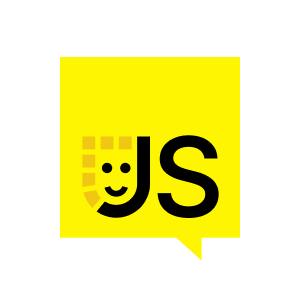The workshop overviews key architecture principles, design patterns, and technologies used to build microservices in the Node.js stack. It covers the theory of the GRPC framework and protocol buffers mechanism, as well as techniques and specifics of building isolated services using the monorepo approach with lerna and yarn workspaces, TypeScript. The workshop includes a live practical assignment to create a currency converter application that follows microservices paradigms. It fits the best developers who want to learn and practice GRPC microservices pattern with the Node.js platform.
Prerequistes:
- Good understanding of JavaScript or TypeScript
- Experience with Node.js and writing Backend applications
- Preinstall Protocol Buffer Compiler
- We prefer to use VSCode for a better experience with JavaScript and TypeScript (other IDEs are also ok)
















Comments